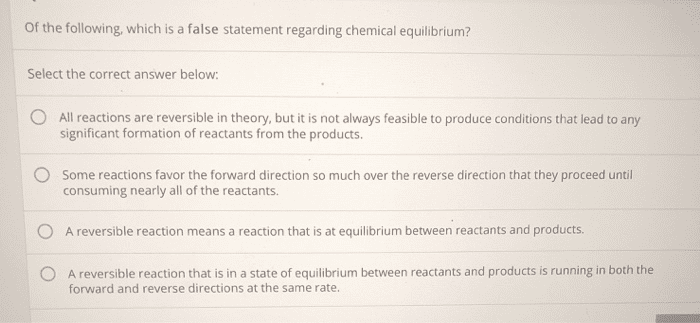CHEM 1032 Chapter Notes - Chapter 14: Inert Gas, Reaction Quotient, North American Racing Team
Document Summary
H2 (g) + i2 (g) 2hi (g) A reaction that can proceed in both the forward and reverse directions, is said to be reversible. In this reaction: initially, h2 and i2 react to form hi, decreasing the concentration of h2 and i2, decreasing the rate of the forward reaction. As the concentration of hi increases, the reaction occurs at a faster and faster rate. Eventually, the rate of forward reaction equals the rate of reverse reaction. Reaction rates generally increase with increasing concentration of reactants (unless reaction is zero order) and decrease with decreasing concentration of the reactants. Reversible reactions: have the double sided arrow in the chemical equation. Equilibrium is reached in a chemical reaction when the concentrations of the reactants and products no longer change. Dynamic equilibrium: the condition in a chemical reaction in which the rate of the forward reaction equals the rate of the reverse reaction.



